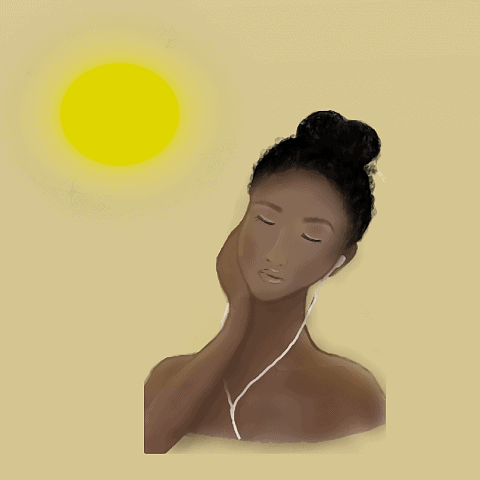 Seasonal affective disorder is perhaps the most subtly insidious type of depression affecting Canadian college students today — and yes, its official designation is a bad pun. Fortunately, the Sheaf has your back with the facts and tricks you need to conquer your winter melancholy.
Seasonal affective disorder is perhaps the most subtly insidious type of depression affecting Canadian college students today — and yes, its official designation is a bad pun. Fortunately, the Sheaf has your back with the facts and tricks you need to conquer your winter melancholy.
As the most common type of mood disorder, major depression affects approximately 12 per cent of Canadian adults at some point in their lives. SAD is a cyclical subtype of major depression that occurs in fall and winter and gets more common the farther you travel from the equator.
SAD causes changes in your energy levels, sleep patterns, weight and mood that eventually lead you to abandon your regular activities — including school, work, social plans and hobbies. In Saskatchewan, the SAD cycle starts after the September equinox and continues until spring begins in March.
In addition to the seasonal pattern, SAD is most likely to strike young adults for the first time at about 18 to 40 years of age and often begins after a change in circumstances, like a move, making it especially likely to afflict university students.
For me, it began in 2006 during my first year of university. I had just moved to Saskatoon to attend the University of Saskatchewan, and with few local connections, I was wholly unprepared to handle the condition by myself.
At first, it seemed like a fleeting case of winter blues or stress-induced insomnia, but things worsened exponentially. Although my academic average wasn’t affected, my physical and mental health dipped so low that I had to drop out for medical reasons in February. Fear not — I came back to university, completed my BA Honours in English and recently returned to study psychology.
However, the winter of 2006- 07 was a dark time in my life, and I hope to spare as many students as possible from this kind of suffering. On that note, here are five ways to combat SAD this winter.
1. Maintain your social connections: From introverts to extroverts, everyone wants to curl up under a blanket and stay home sometimes. Instead, find a way to make your social life unavoidable. Join a club that meets regularly, schedule visits with your friends, try a mental-health support group, or talk to a Peer Health Mentor on campus.
Remember you are not alone. From your social sphere to the folks at the Student Wellness Centre, there are dozens of people on hand to help you through it.
2. Get as much light as you can: Research shows that SAD occurs due to seasonal changes in light. The shortening days of fall and winter disturb your biorhythms, so throw open those curtains, turn on those lights and get outside during the day. You might also consider trying phototherapy with a light box.
Light boxes come in varying strengths, sizes and price ranges. Look for a full-spectrum light capable of producing 10,000 lux. These lights are best used in the morning or early afternoon.
3. Eat well and supplement your diet: Your brain needs nutrients to stay healthy. Be sure to eat enough protein, fruit, vegetables and healthy fats, and stay hydrated by carrying around a water bottle. This will help you avoid cravings for carbohydrates, which can be responsible for increased mood swings, depression, exhaustion and weight gain in wintertime.
Consider taking nutritional supplements, too — like Vitamin D, which comes from sunlight, and magnesium or melatonin, which can help with sleep. Consult a licensed professional for the correct dose.
4. Establish a healthy routine: Whatever your desired schedule may be, stick to it. The most important factor in scheduling away SAD is getting your body used to doing things at the same time every day. Eat regularly, and do not skip meals. Exercise daily to combat depression. And most importantly, sleep on a schedule. If you struggle with insomnia, establish a relaxing nightly routine and avoid screens after sundown.
5. Work on your brain: From mindful meditation to cognitive-behavioural therapy, there are many ways to restore mental health by changing your thought patterns. If therapy sounds intimidating, there are things you can try on your own — including journaling, meditation, self-help books and apps. For example, the Student Wellness Centre runs weekly drop-in mindfulness meditation sessions.
If you experience any symptoms of depression this winter — whether social, emotional, mental, physical or behavioural in nature — I strongly encourage you to be proactive. These wellness strategies worked for me, and I hope some of them will help you, too.
—
Amanda Slinger / Copy Editor
Graphic: Jina Bae